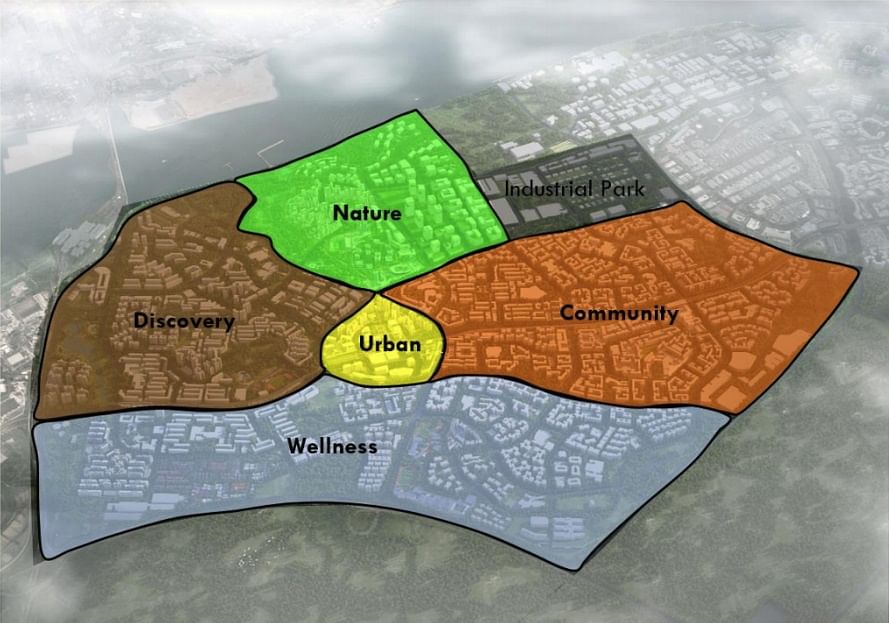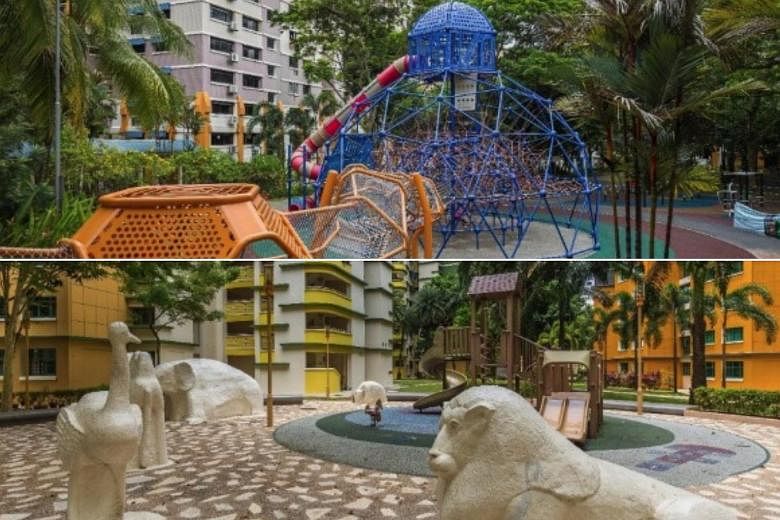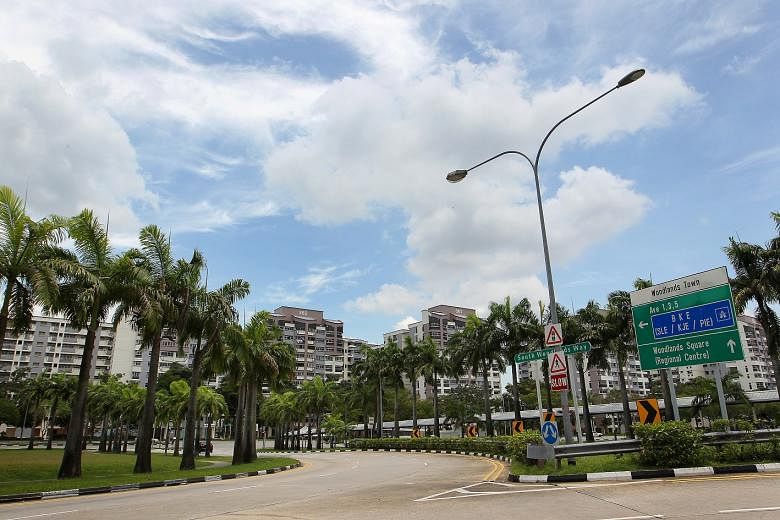SINGAPORE - The lease on a Housing Board flat may be 99 years, but the town it is in will live beyond that.
To enhance the distinct identities of public housing estates, the HDB will launch design guides on each of its 24 towns over the next five years.
The guides will ensure coherent development over the decades to come, Minister for National Development Lawrence Wong said on Tuesday (Sept 4), as he unveiled the first guide for Woodlands, one of four regional centres identified in the Government's land use plan.
"It's not meant to be a prescriptive document of dos and don'ts, but really... should be seen as a living document, continuously updated over time with new ideas so that we can all play a part in improving the design and quality of our HDB estates," he said.
Each guide will chronicle a town's history, vision and distinct character, so as to help future HDB consultants, government agencies and town councils unify a town's future developments as it evolves.
The guide offers design principles on three scales: the town, neighbourhood and precinct.
The town layer provides the overall vision for the town, like what landmarks there are and how cycling paths are laid out.
The neighbourhood layer sets out sub-themes and concepts such as the colour palette for buildings and what trees are planted.

The precinct layer guides the detailed design of individual projects, such as the type of playgrounds a town should have or how HDB signs look.
In a statement, the HDB spelt out how each of these layers would be applied to Woodlands - a town that got its name from the numerous Keranji trees along the coastline. Woodlands is also one of three towns earmarked for the third iteration of the Remaking Our Heartlands rejuvenation programme.
At the town level, for example, an upcoming WoodsVista Gallery is among the developments that follows Woodlands' wooded theme. The gallery is a 1.9 km-long, greenery-laden pathway that lets residents move seamlessly from Woodlands MRT station to Woodlands Waterfront.
At the neighbourhood level, the town has been divided into sub-areas, each with its own theme.
For instance, the guide suggests that Woodlands Central, with its "urban" theme, should have vibrant streets, varied and dynamic facade designs, and use light grey colours with contemporary accents of deeper greys and browns.
Trees with regular profiles and symmetrical forms - like the umbrella tree or chengal pasir - could be used to give the appearance of a controlled landscape.
On the other hand, Woodlands East, anchored by landmark developments Kampung Admiralty and Admiralty Place, has a "community" theme.
Here, the guide suggests that community spaces should encourage interactions among residents - such as through community gardens or other activity spaces. Buildings could be painted in "bright and earthy accent colours" to complement a light base colour.
And at the precinct level, individual housing projects can still have a unique design concept while remaining aligned with the overall town's theme and neighbourhood sub-themes.
Playgrounds in Woodland Central, for example, could be designed with bright colours and sculptural elements to emphasise the urban theme, while playgrounds in Woodlands East might feature kampung-inspired play equipment in the shape of animals, fruits and vegetables to strengthen its community theme.
HDB chief executive Cheong Koon Hean said the agency is taking the lead with the guides to align different agencies' efforts and ensure a coherent design and town identity.
"In this way, we continue to strengthen the identity of each town, preserve the distinctive local flavour and deepen the sense of belonging among residents to their home," she said.



